The Korg Triton was released in 1999 and became THE synth / sampler workstation that dominated hip-hop, urban music & chart productions over the first 10 years of the 2000's as much as the Yamaha DX-7 or Korg's previous M1 had been the digital and sample based synths that had dominated the 1980's and on into the early 1990's. In most respects it was a sampling workstation first seen in units like the Kurzweil k2000 from 1991, but on steroids, and with Korg's name and marketing muscle the Triton gained the ubiquitous status the k2000 never achieved over the previous 10 years of the 1990's despite them being quite similar in that they were both high-end digital sample based synths with sampling ability, assignable outputs, built-in effects, expandable sample RAM memory, a floppy disk drive & the ability to add on SCSI storage.
The Triton series was essentially based on the previous flagship Korg Trinity synth but at a much cheaper cost & was famous at the time for it's super-clean & clear sound using 48k sampling & high quality converters which also yielded a very deep clean & super-tight bass-end, making the Triton a BIG hit with hip-hop & RnB artists and producers. The Triton's quality and range of sounds combined with very simple basic ease of use & space-age touchscreen (7 years before the first iPhone appeared!) made it THE synth you had to have in your studio.
Various expansion options meant the Triton always stayed relevent & the user could start with a core machine and expand its sonic repertoir quite easily. You could also add in an optional EXB MOSS synth engine board which added analog modelling synthesis based on Korg's original OASYS development project.
Another significant feature of the Triton was it's fully fledged sampler ability with extensive professional sampling facilities such as time-stretch, slicing & more & the ability to process samples through the Tritons extensive synthesis.
The Triton sampling board/system could also read Akai S1000/3000 CD-roms and load/save .wav & .aiff files if you added the SCSI card option
EXB MOSS expansion board features

The EXB-MOSS is an option board containing a MOSS (Multi-Oscillator Synthesis System) tone generator with six-voice polyphony.
The MOSS tone generator is a physical modeling tone generator that uses Sondius-XG* technology. When the EXB-MOSS is installed into the TRITON, you will be able to use the 128 MOSS tone generator programs in program bank F.
Bank F is dedicated to MOSS tone generator programs. Bank F programs can be selected for a timbre/track in Combination, Song, and Song Play modes. You can also create combinations or songs that combine bank F programs with other programs from banks A–E or G.
Broadly speaking, a MOSS tone generator program consists of voice, EG, LFO, effect, and control sections.
The voice section contains an oscillator and a filter.
The oscillator provides two oscillators (1 and 2), which can use thirteen different oscillator algorithms, including Standard, Ring Modulation, VPM, Resonance, Organ Model, and Electric Piano Model. The oscillator also provides a sub oscillator and a noisegenerator.
The filter provides five types of filters (two filter systems), including a Human Voice Filter that lets you simultaneously set two center frequencies, and a Dual Band Pass Filter that lets you simulate the body resonances of a violin or guitar.
Five EG units and four LFO units can be used to modulate this voice section in order to create time-varying movement of pitch, tone, and volume.
Further expansion of the internal sounds was possible by fitting the EXB expansion boards & Korg released eight of these over the following years starting with a Pianos & Keyboards expansion & following that up with the Studio Essentials comprising strings, woodwinds, orchestral & brass. The final list of expansions was:
EXB Expansion boards
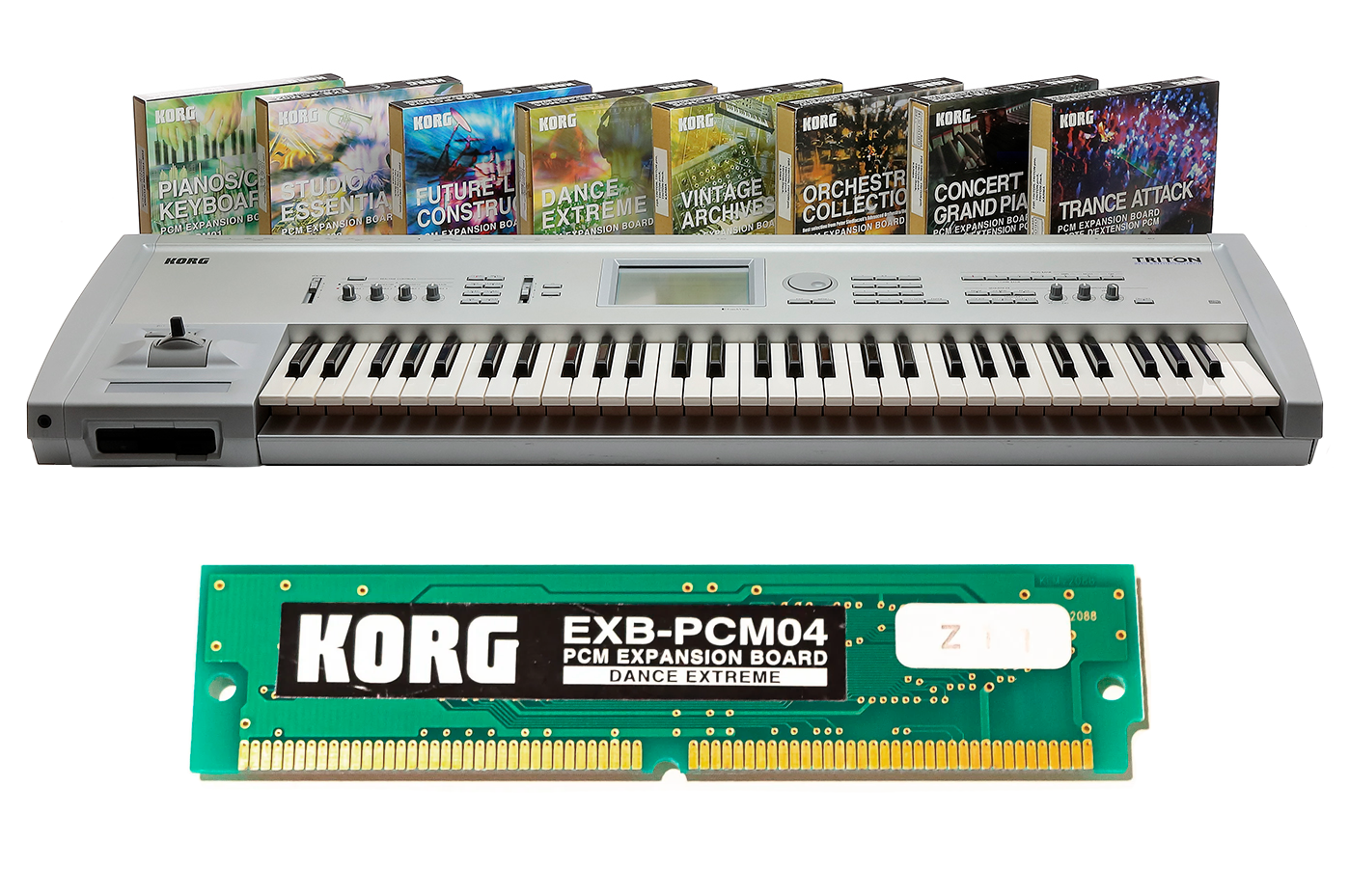
EXB PCM01:Pianos/Classic Keyboards
32 multi-samples, mainly stereo pianos and vintage keyboards etc.
EXB PCM02: Studio Essentials
39 multi-samples, mainly stereo strings, stereo brass, and choir etc.
EXB PCM03: Future Loop Construction
ReCycled Drum Loops
EXB PCM04: Dance Extreme
Dance music flavourd drums, beats, synth sounds, basses & synth waveforms etc. 202 Multi-samples and 454 drum samples
EXB PCM05: Vintage Archives
158 Multisamples & 56 drum samples. Vintage synths including 700S, 800DV, MS20, Polysix, Mono/Poly, Delta, ARP, Oberheim, Sequential & more. 128 programs, 128 combinations, 16 arpeggio patterns, and 2 drum kits
EXB PCM06/07: Orchestral Collection
The EXB-PCM06/07 contains data for 256 programs/combinations and a total of 193 separate multi-samples (113 strings, 53 brass/woodwinds, 27 percussion/harp) selected from "Peter Slediaczek's Advanced Orchestra," the world-famous sampling library of orchestral sounds by the Best Service Corporation of Germany
EXB PCM08: Concert Grand Piano
High-quality concert grand piano library, including separate stereo samples for mezzo-forte and fortissimo dynamics
EXB PCM09: Trance Attack
Contains 78 multisamples and 240 drum samples ideal for house/trance music
More Tritons...
Further Triton units were released - starting with the Triton Rack (£1799) in 2000 & the cut-down & cheaper Triton LE (£1099) released in 2002
The Triton Rack
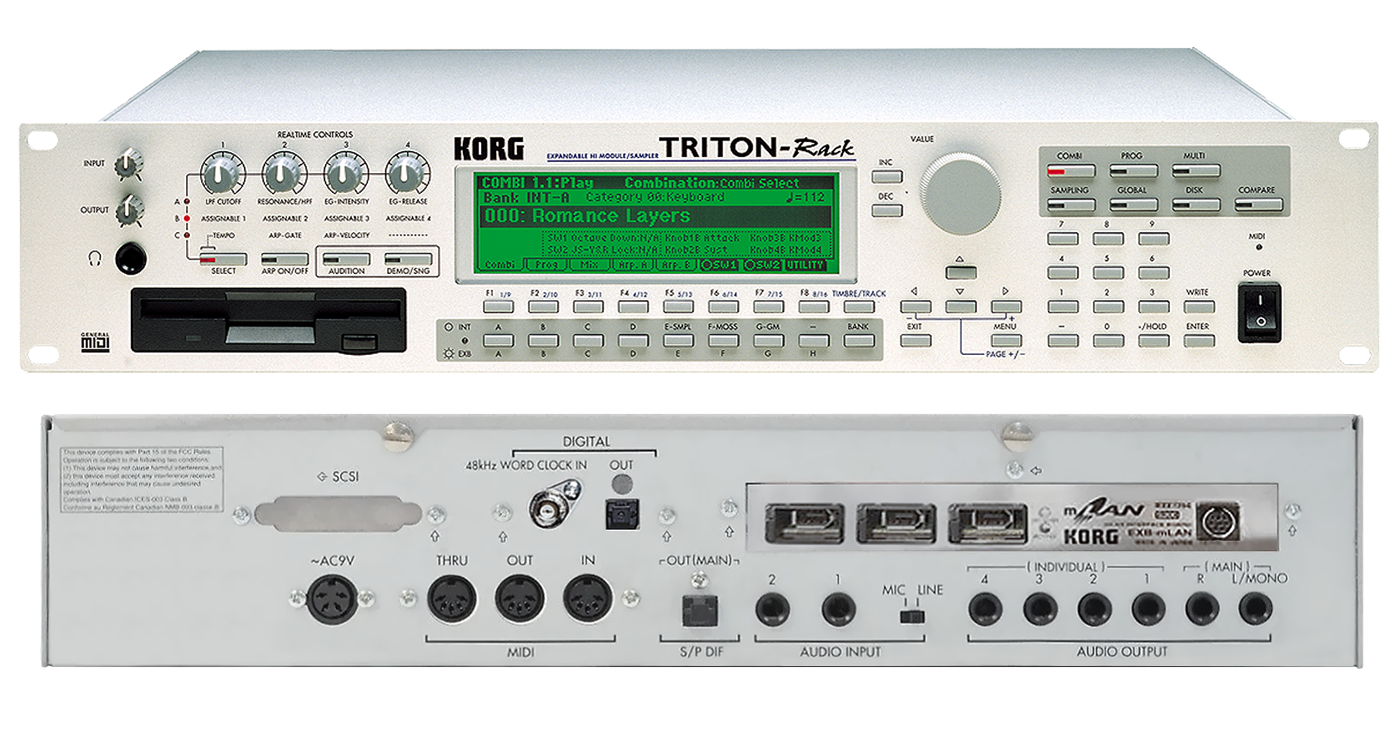
The Triton Rack had a larger EXB expansion module board allowing up to eight EXB modules to be fitted, but like the cut-down LE version arriving 2 years later it lost the touchscreen of the main original keyboard. The Rack also added 24-bit S/PDIF, an ADAT option and most significantly an option to add the Yamaha created & open licensed M/Lan audio midi I/O which was the incoming technology at the time.
The Triton Le
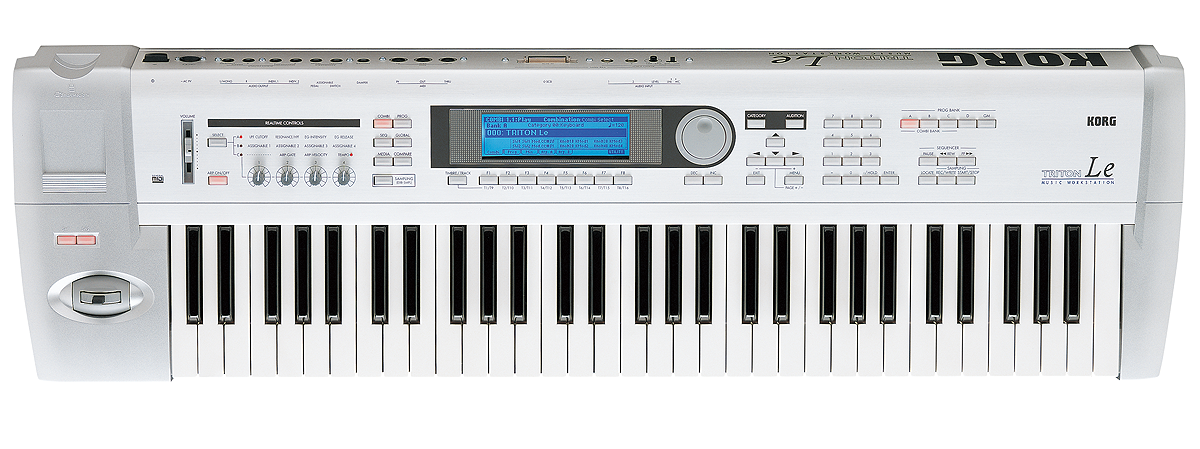
The Le was the 'cut down' Triton released in 2002 - it could have the optional EXB-SMPL sampling board added, but had no slots for adding the EXB PCM expansion modules, nor could it add the optional MOSS synthesis expansion board. The Le has a smaller non-touch screen, loses the ribbon controller, less outputs and no floppy drive, opting for smart media card storage instead
And even more Tritons...
More Triton versions followed including the Triton Studio which doubled the polyphony & added a high quality PCM piano set and other features. The Triton Studio v2 followed next which added hard-disk recording to the Studio's internal HDD feature & finally the Triton Extreme which came with all the previously optional extra XB-PCM sound boards pre-installed so it was fully maxed out. The Extreme also added a valve warming circuit which could be added to sounds.
Most of these Triton versions were made available in 3 keyboard size formats: 61 keys, 76 keys & 88 weighted keys - as a consequence of this Korg release policy there is a rather overblown catalog of Triton models to choose from
Considering what a massive flagship synth it was you can buy a Triton on Ebay today for as little as 400 GBP s/hand, but Korg released the Triton VST, in 2020 which recreates ALL the classic Triton sounds, and as a bonus if you pay about 100GBP extra & buy the Triton VST as part of the Korg Collection bundle you also get eight other pristine plugin emulations of classic Korg synths including the MiniKorg 700s, PolySix, CS20, Mono/Poly, M1, WaveStation, Prophecy & the Arp Odyssey (Korg has also released modern hardware versions of the Odyssey).
So, the Korg Triton... Perhaps it's true to say it was the last hurrah of the flagship hardware synthesiser (?) in as much as it was a hardware synth that came along and like other classics before it, dominated the sounds of popular music. Yes, since then many other new synths have appeared; many of them being superb instruments featuring great sounds, but none of them since the Triton have ever become THE synth everyone had to have & which dominated the production of chart pop & urban music like the Triton.



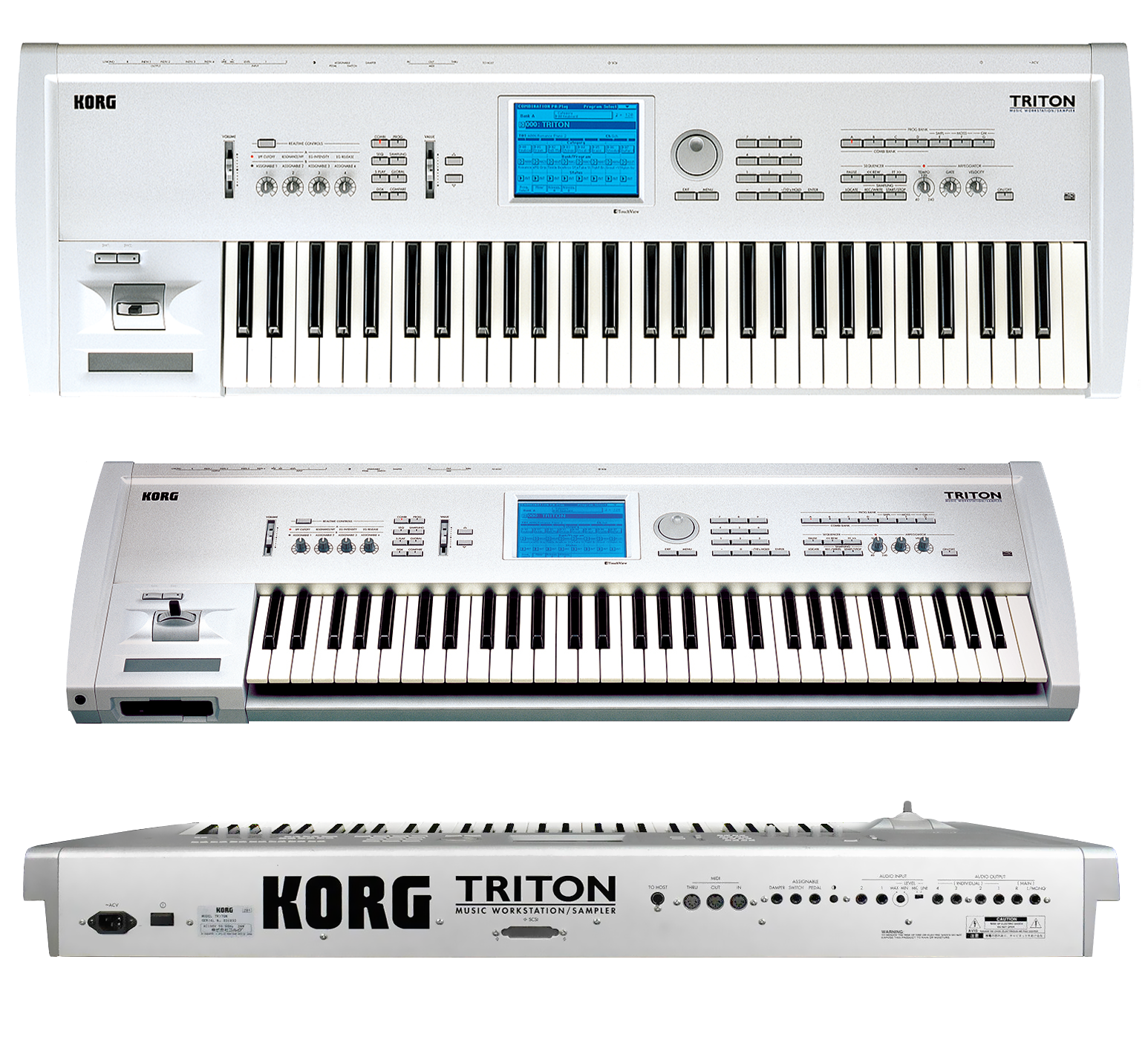




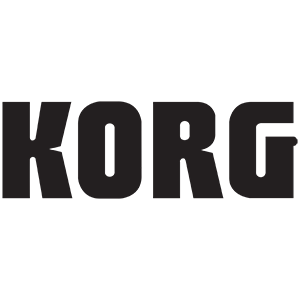



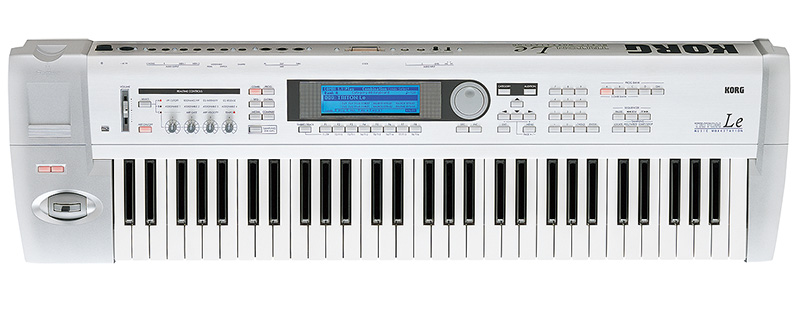


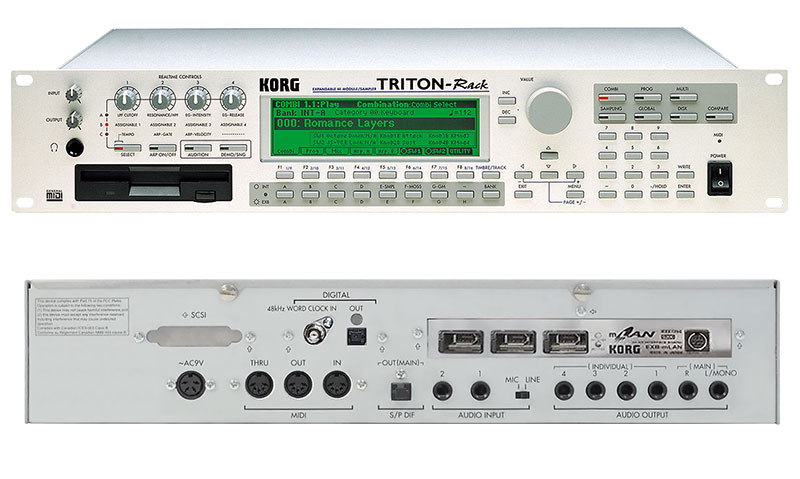
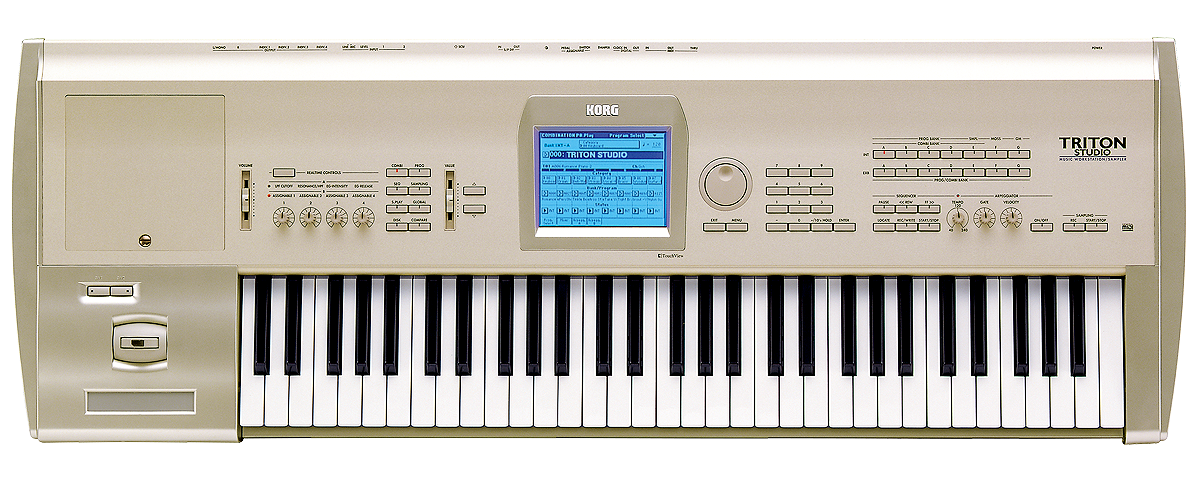
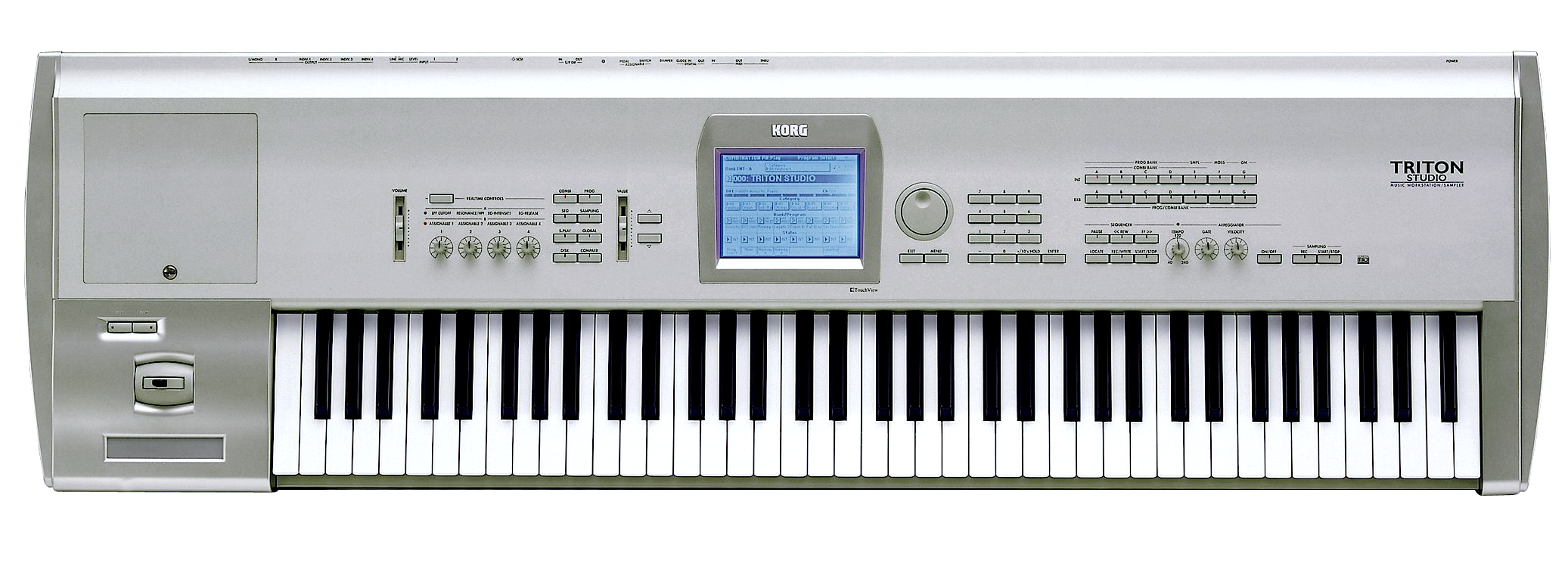
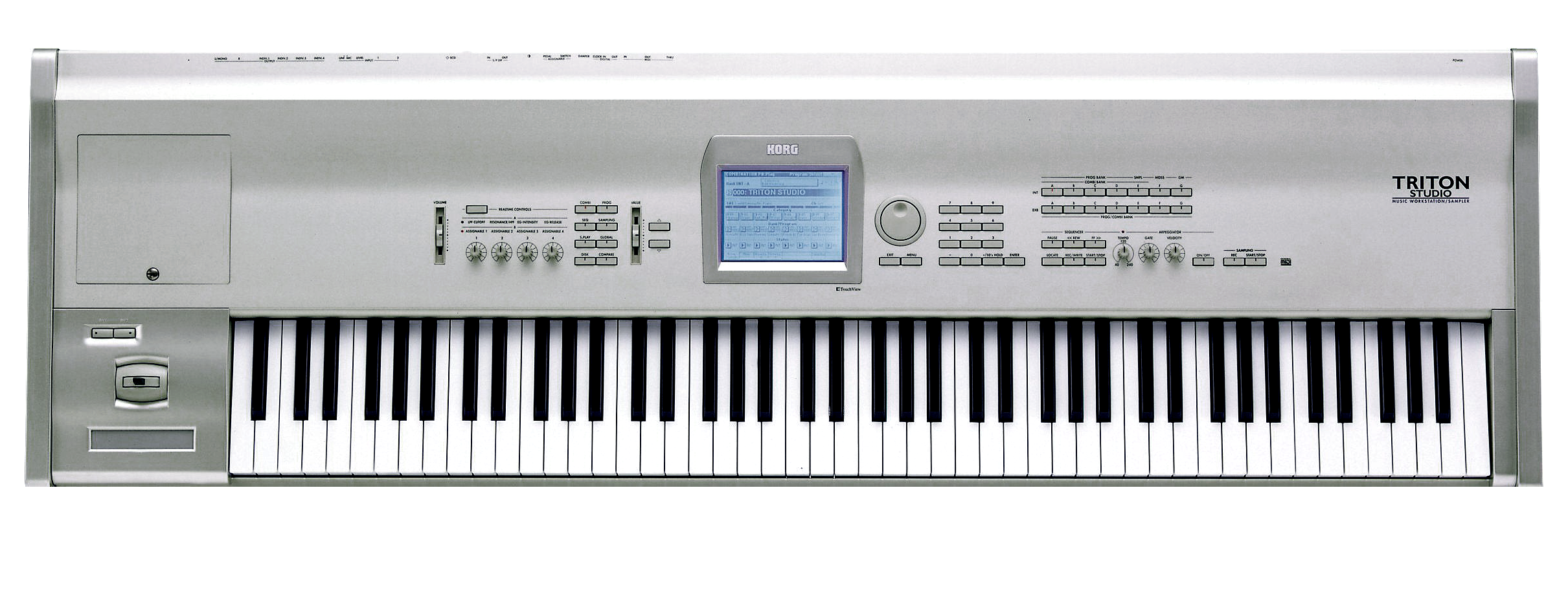
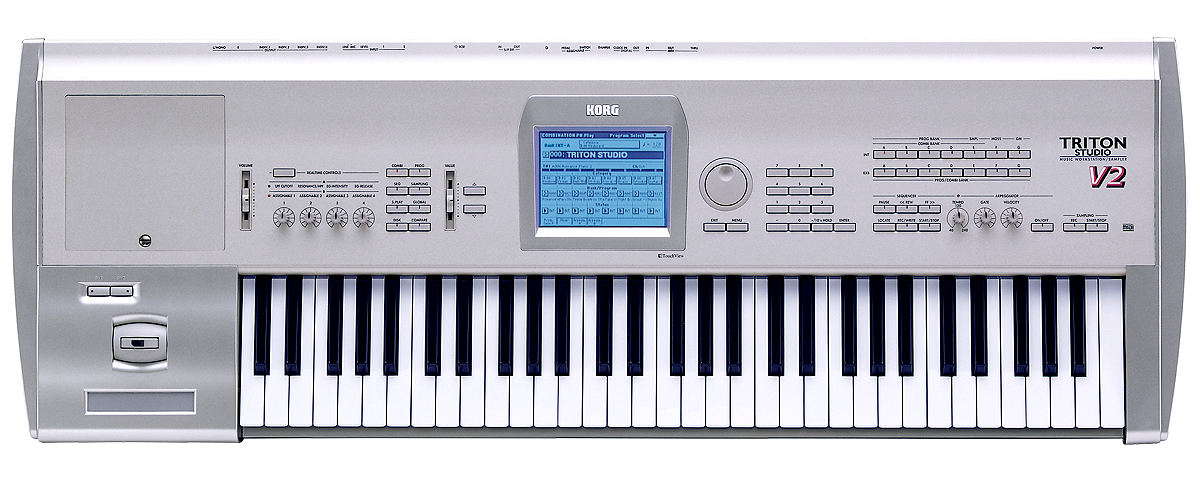
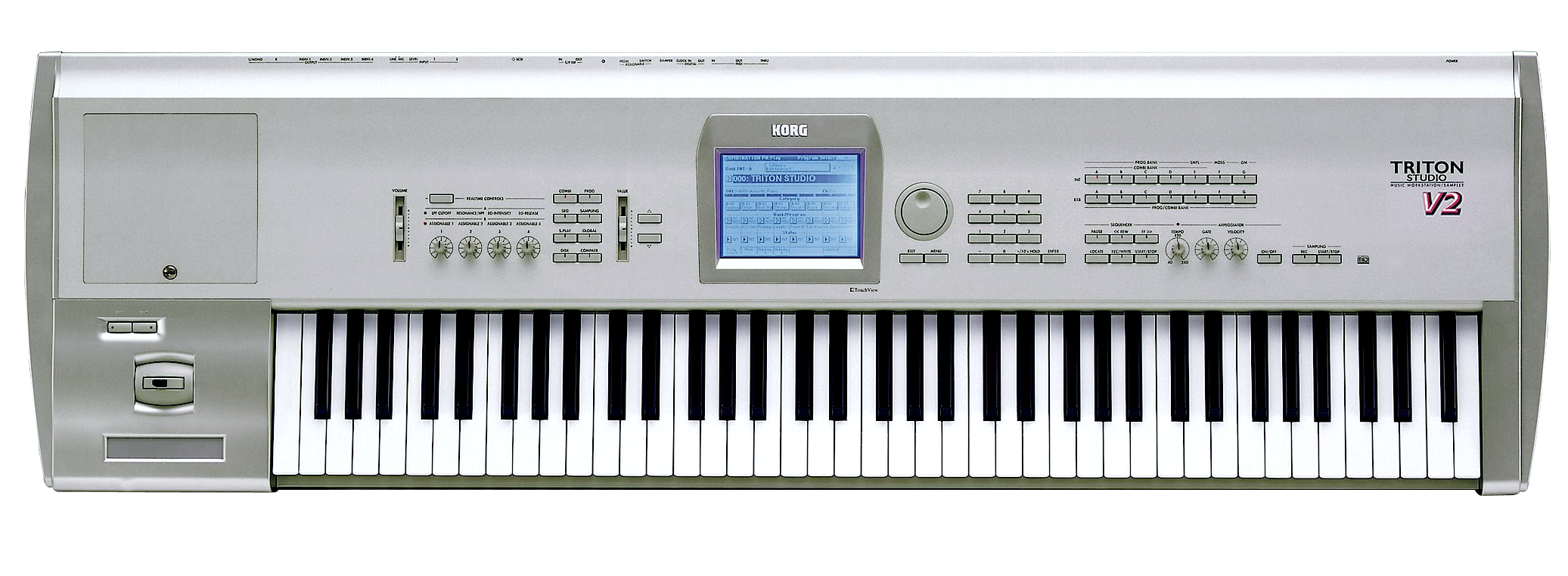
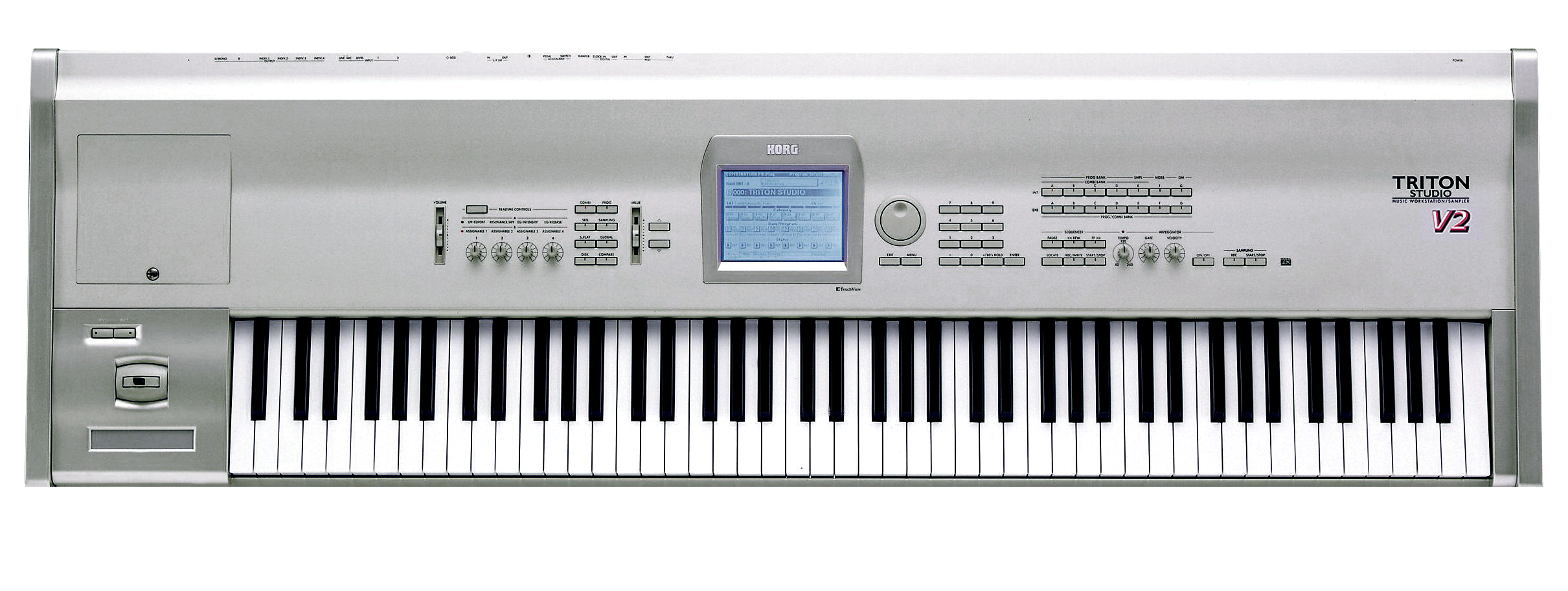
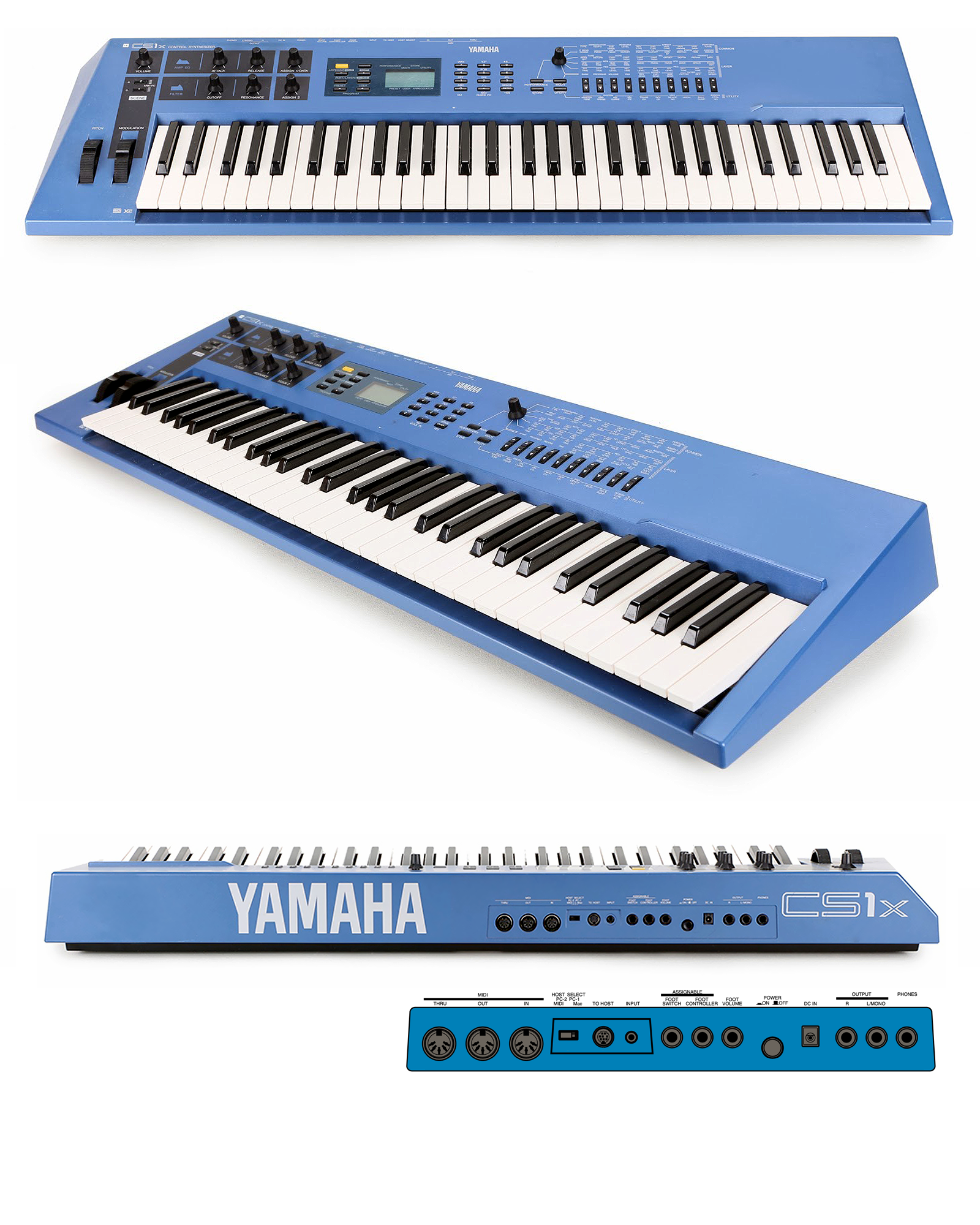
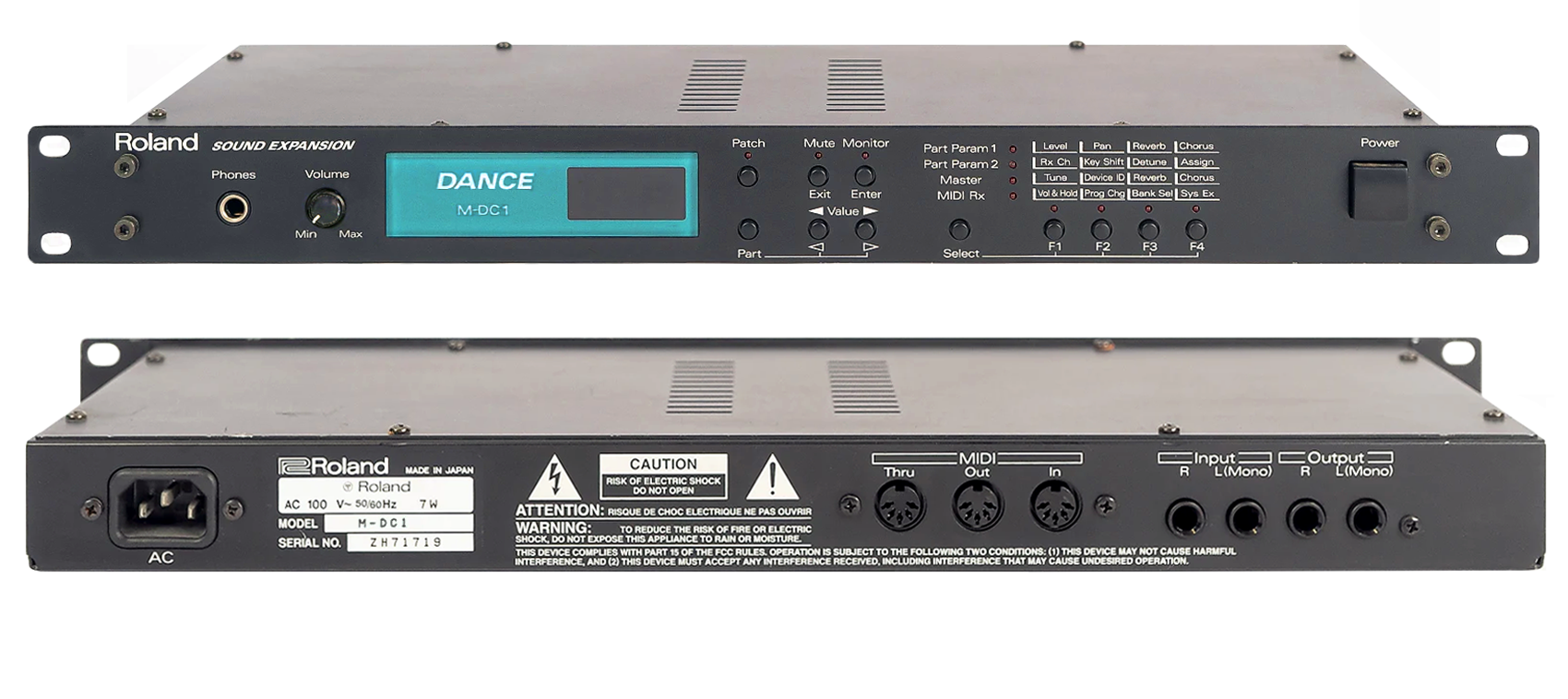
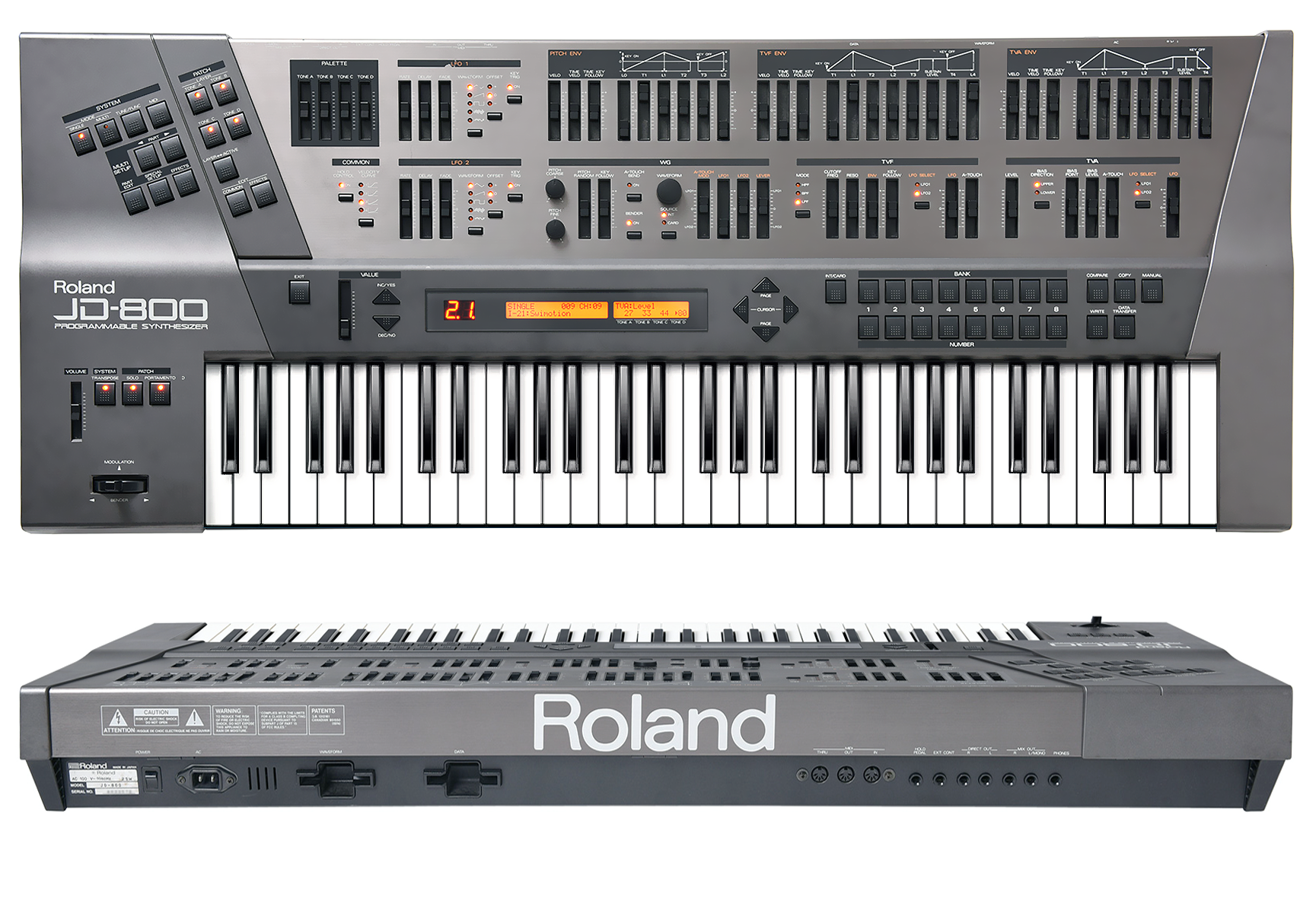
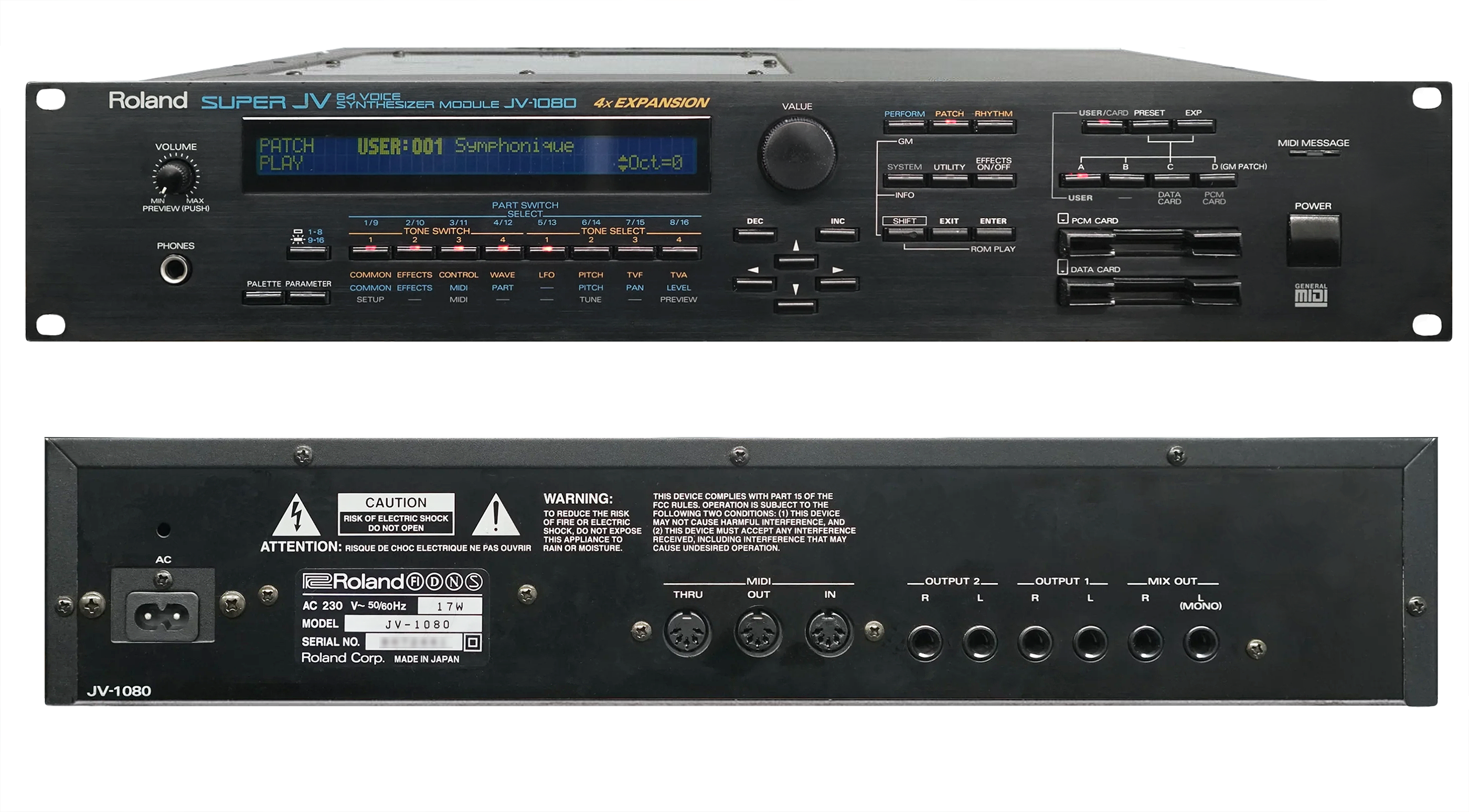

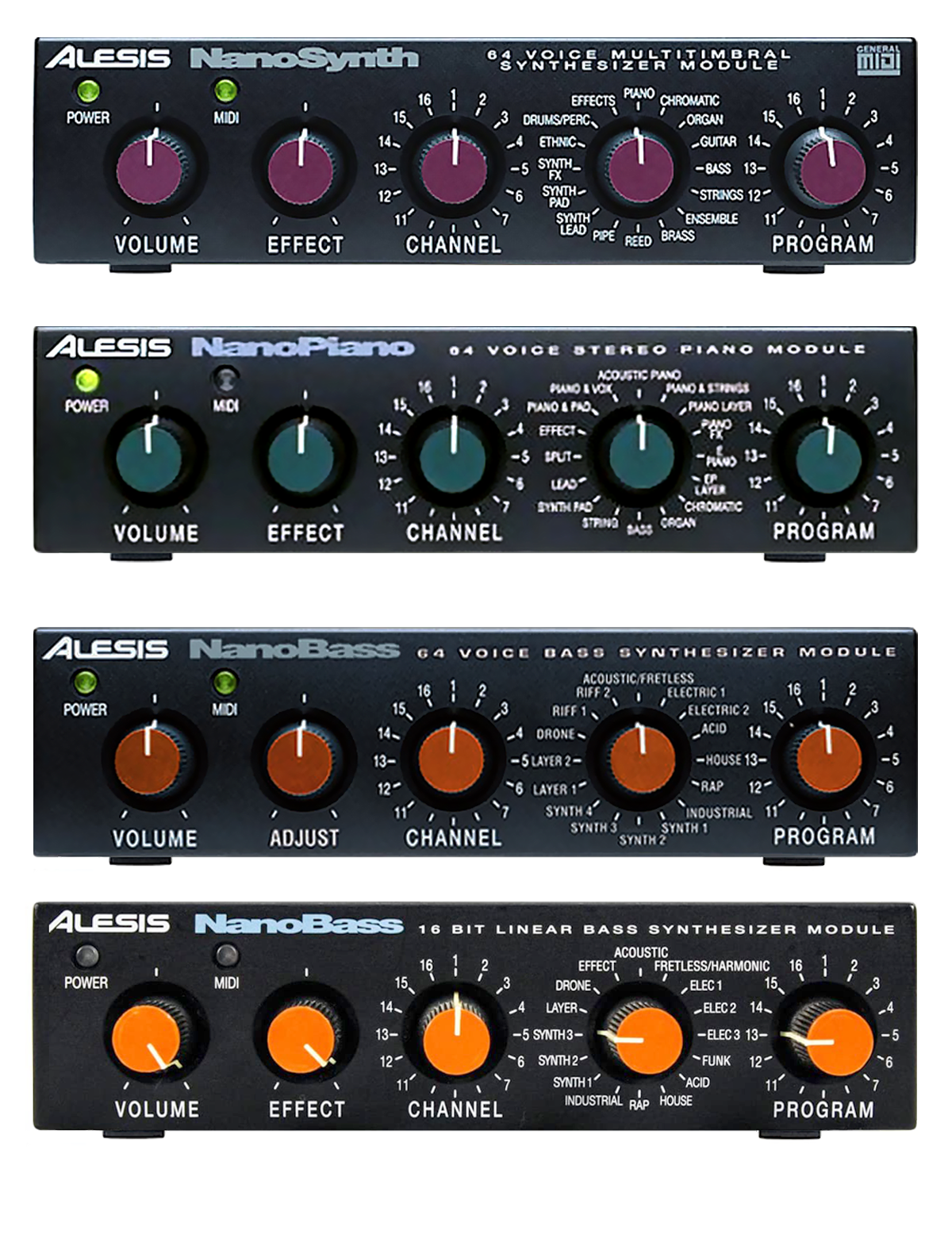
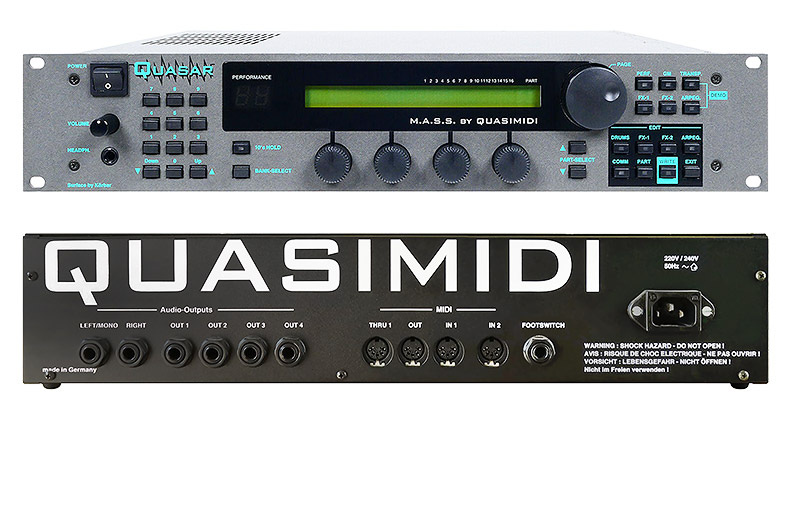
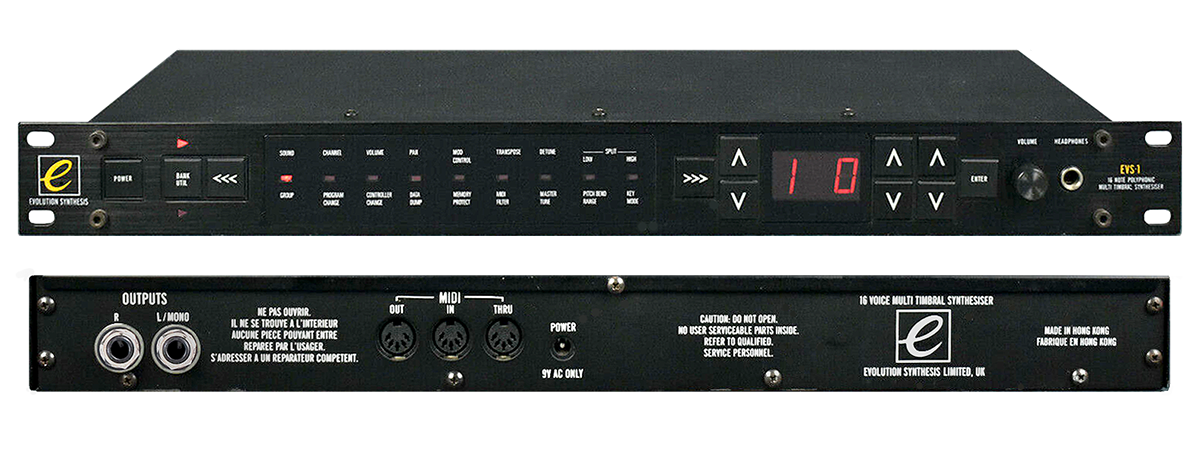
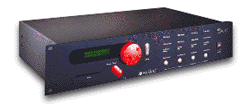

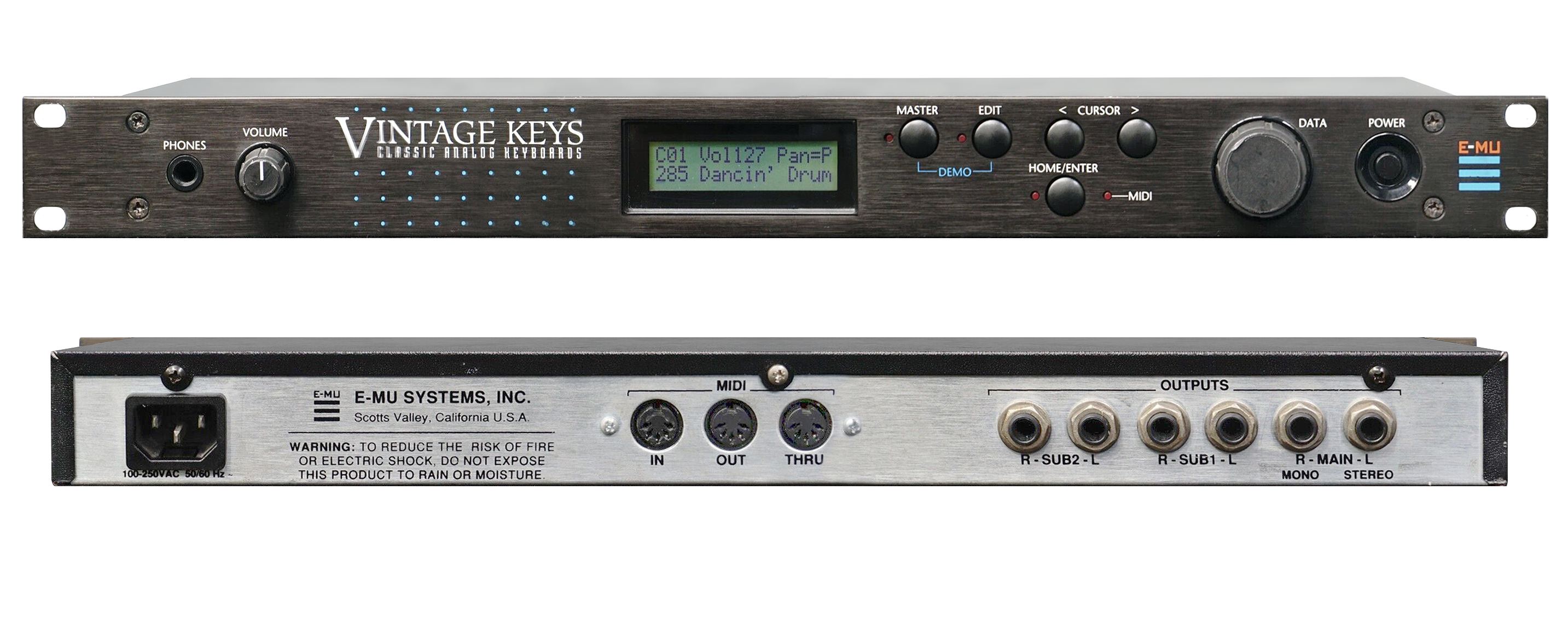

0 comments
Add review/comment